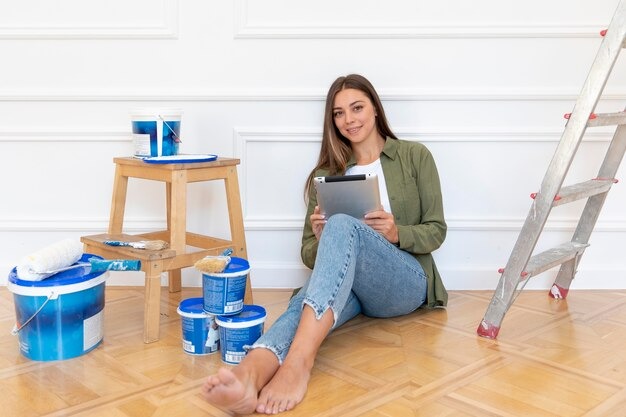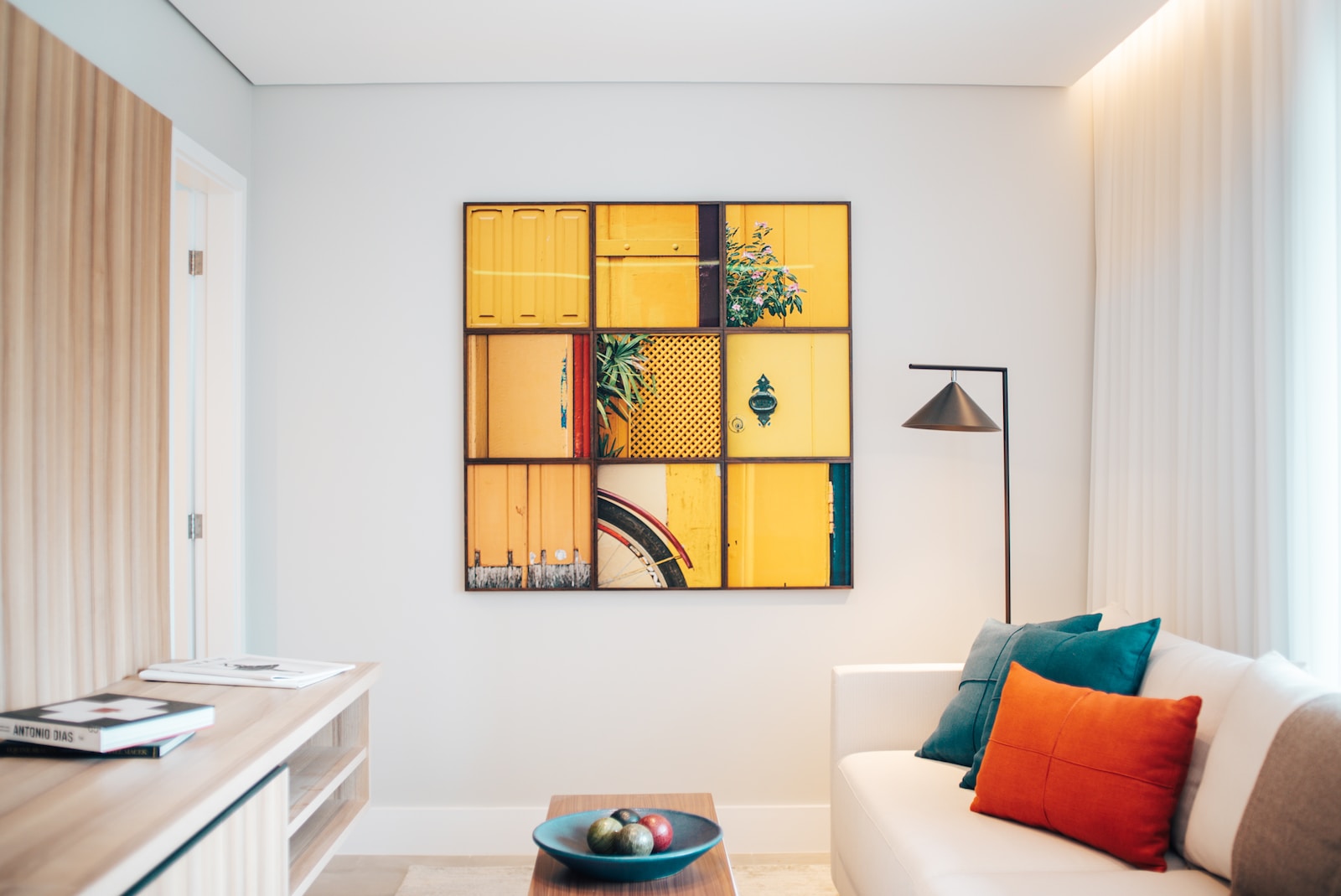DIY can be wildly rewarding – but let’s be honest, it can also be a bit chaotic if you dive in without a plan. Maybe you are dreaming of a calm, refreshed bedroom, an updated lounge, or finally tackling that embarrassing little workspace.
Whether it’s your first time holding a paint roller or you have already made friends with your local B&Q, some insider advice never goes amiss.
Interestingly, the latest data from the Office for National Statistics shows that sales in non-food stores, including DIY and garden centres, rose by 1.7% in March 2025. This demonstrates that many people are starting home projects.
We, at Emma Waight, believe your home should reflect your personality without taking any stress. Here’s how to make your next DIY project a success, with practical tips to help you plan smart, avoid mess, and actually enjoy the process.
Let’s get started!
Insider DIY Home Project Tips for UK Homeowners
Here are the seven insider DIY home project tips for UK homeowners:
-
Start With a Clear Mood Board
Before you grab a hammer or start taking out floorboards, take a moment to gather your thoughts. Creating a mood board can help turn your ideas into a clear plan. This can be simple as a folder on your phone with Pinterest images, or even you could stick with the classic method of using magazine clippings, paint samples, and fabric swatches on a piece of cardboard.
A recent data has revealed that 42% of property owners in the UK said that using tech tools helped them visualise their renovations. This displays that a clear vision from the start is beneficial.
Having a reference point when choosing colours or furniture helps you stay focused and avoid ending up with mismatched shades of grey. This is also helpful if you are sharing the space with someone else – you can set your expectations from the beginning.
-
Measure Twice, Regret Never
We have seen it happen – someone spends hours building a beautiful bookcase, only to find out it doesn’t fit in the space. Or they buy a new couch that cannot get through the front door. Ouch.
Before making a purchase, take some time to measure each and every item carefully. Check wall sizes, window locations, ceiling heights, and doorway sizes. When buying new furniture, always verify the item’s dimensions and ensure they fit through your doorways. Get a good tape measure and keep a notebook with your room’s dimensions. This way, you won’t have to guess while shopping in-store or online.
-
Don’t Underestimate Prep Work
Preparation is key to do-it-yourself (DIY) projects. It may not seem exciting, but it makes a big difference. Cleaning, sanding, filling cracks, taping edges, and priming are crucial steps for a successful project.
If your project involves removing old flooring, furniture, or fittings, book a skip in advance. Services like Proskips make it easy to keep your space clear and your project on schedule.
You will thank yourself later when you are not tripping over your trash bags during the renovation.
-
Choose Tools Wisely And Learn How to Use Them
Avoid getting caught up in the DIY section at the hardware store and leaving with items you do not need. You can mostly rent or borrow expensive tools. For simple tasks, a few good tools will work better than many cheap ones.
Think ahead: will you need a drill, a level, or a handsaw? Do you want to sand that old dresser? If you are not sure how to use something, there are helpful YouTube tutorials and community workshops available in the UK that can provide guidance. It is smart to seek help when needed.
-
Budget for Extras (Because There Will Be Extras)
You might think your budget is perfect…until you forget about things like paint brushes, extension cords, masking tape, dust sheets, screws, wall plugs, trash bags – and that fifth urgent visit to the DIY store. Small costs can simply add up quickly.
Our advice is that you need to add 10-15% to your budget for small expenses. Not only that, plan your time wisely. That “simple weekend task” often turns into “three weekends and a public holiday” if you do not consider interruptions and setbacks.
-
Know When to Pause or Call in Backup
Professionals are better trained to handle some aspects of a DIY project. For plumbing, electrical work, or structural changes, we recommend you to consult a qualified expert. Knowing your limitations is smart and nothing to be ashamed of. Your future self will appreciate not having to make a dangerous mistake.
Pay attention to when you need a break. DIY can be tiring, especially when you balance it with work or family. Take a break when you need one and return when you feel ready. You’re not alone in this, and that’s perfectly okay.
-
Plan for Cleanup Before You Begin
People often forget this vital step until they find themselves surrounded by dust, leftover screws, and cookie crumbs from stress-eating.
Before you start with the cleanup, lay down protective sheets. Set up a spot for garbage bags. Keep cleaning wipes and a vacuum nearby. If you are using paint or glue, have clothes and warm water ready for quick clean-ups.
During the financial year 2023-24, local councils in England dealt with 1.15 million cases of fly-tipping. This means that 60% of those cases involved domestic waste, including items from home improvement projects.
Conclusion
DIY is not just about making things look nice – it is about changing your space to show who you are. It may take longer than you think, and you may feel frustrated at times. However, with some planning and a good attitude, you can finish the project and take pride in it every time you see it.
So, get ready, make some tea, and get started. You can do it!



